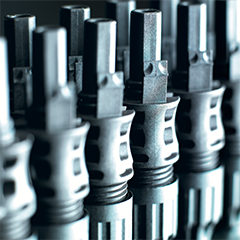The demand for safe, clean reliable renewable power is growing at an ever increasing rate. Today PV technology is not only ecologically, but also economically a sensible alternative for power generation. A large scale PV power plant has to be competitive against conventional energy sources as well as other PV projects. With the elimination of government subsidies for this kind of energy generation in many regions and markets, the focus has now shifted to the plant’s overall efficiency.
In the face of increasing cost-consciousness within all industrial sectors, the downward pressure on costs as well as on BOS components (balance of system) are becoming more and more crucial. Due to this, profitability has been lagging, so companies try to optimise CAPEX costs mainly and safe money on these components – often even during the design phase. But the real keys to improvement are both better capital and operational efficiency. The determining factor concerning favourable conditions for investment loans and credits is the profitability of a project during the operation period on the basis of reliable partners, components and an adequate operation and maintenance.
When it comes to the profitability and the return on investment of a PV project, a low LCOE (Levelised Cost of Energy) is the deciding factor. This crucial metric, expressed in cents per kilowatt hour (kWh), takes in to account not only the capital cost of building a project, but also operating and maintenance expenses over time, such as the length of a power agreement, cost for fuel, etc. It is used to compare the cost of solar energy to other sources and determines the long term profitability of a power plant.



























